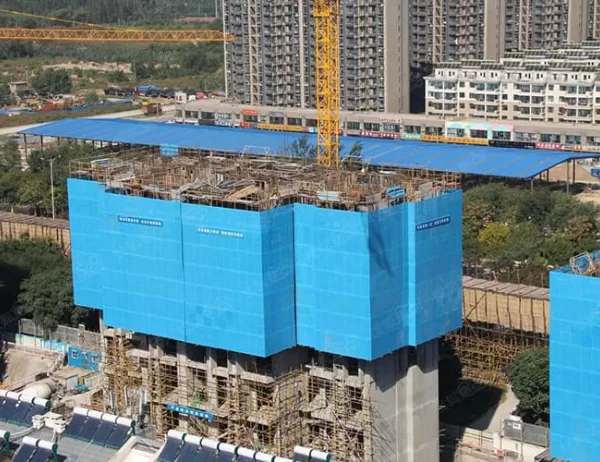Aluminium extrusion is a versatile manufacturing process that allows for the production of custom-shaped aluminium profiles from a variety of alloys. These pipes come in a wide range of sizes and shapes, each with its unique properties and applications.
Sizes and Tolerances
Aluminium extrusion pipes are available in a wide range of diameters, from small capillary tubes to large-diameter pipes that can accommodate high-flow applications. The wall thickness of the pipes can also be varied to meet specific strength and weight requirements. Tight tolerances on these dimensions ensure precision fit and performance.
Shapes and Complexity
The beauty of aluminium extrusion lies in its ability to create complex shapes that would be difficult or even impossible to produce using other manufacturing methods. From simple round or square pipes to intricate profiles with multiple bends, curves, and internal features, aluminium extrusion can handle them all.
Material Options
Aluminium alloys exhibit a wide range of properties, including high strength, corrosion resistance, thermal conductivity, and electrical conductivity. The choice of alloy depends on the specific application requirements. For example, 6063 alloy offers good formability and corrosion resistance, while 7075 alloy provides high strength and hardness.
Mechanical Properties
The mechanical properties of aluminium extrusion pipes, such as tensile strength, yield strength, and elongation, vary depending on the alloy and heat treatment. These properties determine the pipe’s ability to withstand stress, deformation, and fracture.
Surface Finishes
Aluminium extrusion pipes can be subjected to a variety of surface treatments to enhance their appearance, corrosion resistance, and durability. These finishes include anodizing, powder coating, and electroplating. Anodizing creates a protective oxide layer that improves corrosion resistance, while powder coating provides a wide range of color and texture options. Electroplating can be used to deposit a thin layer of another metal, such as zinc, to further enhance corrosion resistance.
Applications
The versatility of aluminium extrusion pipes makes them ideal for a vast array of applications across various industries, including:
– Building and construction: Curtain walls, windows, doors, framing systems
– Automotive: Frames, chassis components, interior trim
– Aerospace: Aircraft fuselage, wing ribs, fuel lines
– Medical: Surgical instruments, prosthetics, orthopedic devices
– Electronics: Heat sinks, circuit boards, connectors
Conclusion
Exploring the different sizes and shapes of aluminium extrusion pipes provides a glimpse into the immense versatility and potential of this advanced manufacturing process. From simple to complex profiles, these pipes offer a wide range of mechanical properties and surface finishes to meet the demands of diverse applications across multiple industries. Understanding the capabilities of aluminium extrusion allows engineers and designers to optimize their designs and create innovative solutions that leverage the unique advantages of this material.




